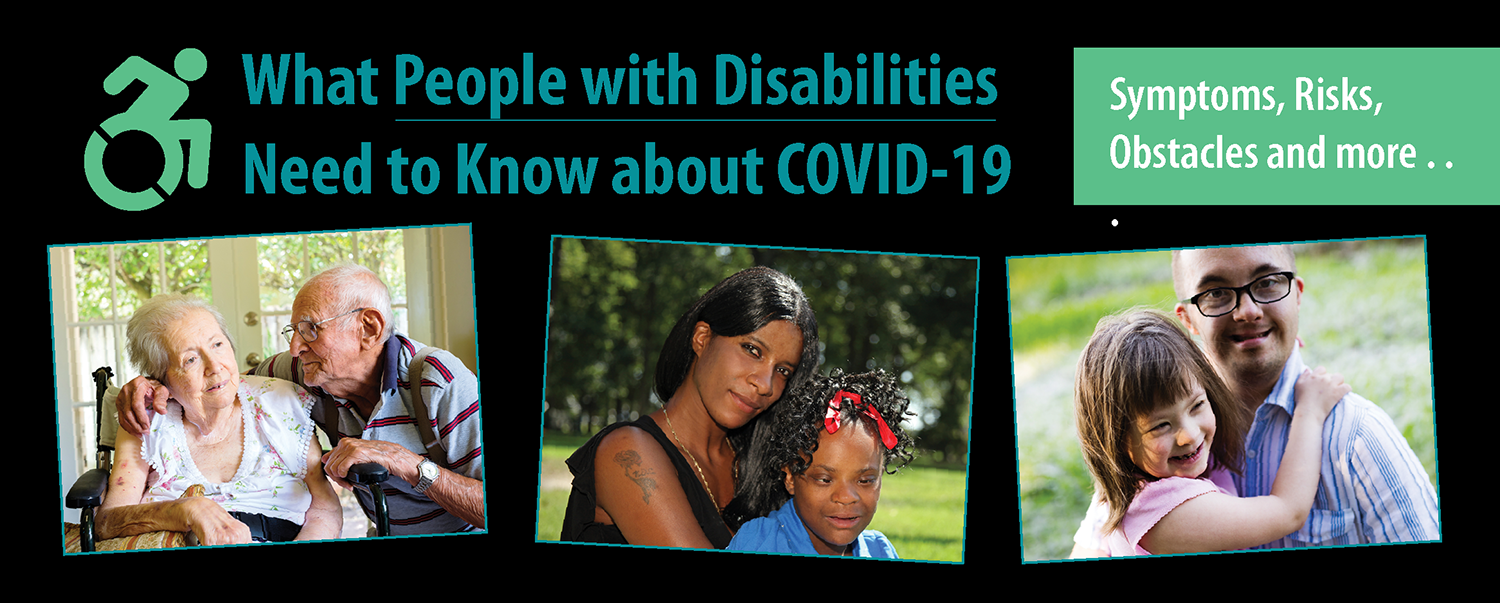Seven Rights of Medication
1. Right Person
When assisting an individual with any medication, it is essential that you identify the right individual. First, read the name of the individual on the pharmacy label for whom the medication is prescribed and compare it to the MAR.
• To be certain of an individual’s name or identity, consult another staff member who knows the individual, ask the individual “What is your name?”
• Use 2 identifiers such as a photo or name and date of birth.
• Best Practice: Confirm identity by placing a current photo of the individual on the MAR cover sheet.
2. Right Medication
After you have verified that you have the right individual, read the name of the medication on the label. To make sure that you have the right medication for the right individual, read the label three times and compare it to the information on the individual’s MAR.
3. Right Dose
Read the medication label for the correct dosage and compare it to the MAR. Be alert to any changes in the dosage.
• Question the use of multiple tablets providing a single dose of medication.
• Question any change in the color, size, or form of medication.
• Be suspicious of sudden large increases in medication dosages.
4. Right Time
Read the medication label for directions as to when and how often the medication should be taken and compare it to the MAR. Medication must be taken at a specific time(s) of the day. Stay with the individual until you are certain that he or she has taken the medication.
You need to know:
• How long has it been since the individual took the last dose?
• Are foods or liquids to be taken with the medication?
• Are there certain foods or liquids to avoid when taking the medication?
• Is there a certain period of time to take the medication in relation to foods or liquids?
• Is it the right time of day, such as morning or evening?
• What time should a medication be taken when it is ordered for once a day? In the morning? At 12:00 noon? At dinnertime? Usually when a medication is ordered only once a day, it is taken in the morning; however, it is best to check with the doctor or pharmacist.
5. Right Route
Read the medication label for the appropriate route or way to take the medication and compare it to the MAR. The route for tablets, capsules, and liquids is “oral.” This means that the medication enters the body through the mouth. Other routes include nasal sprays, which are inhaled through the nose, topical, which includes dermal patches or ointments to be applied to the skin, eye drops, ophthalmic, and ear drops.
Note: Other more intrusive routes, such as injections, suppositories, or enemas, are only to be administered by a licensed health care professional.
6. Right Reason for PRN and Routine Medications
Every medication has a condition/reason for why it is prescribed. Most medication labels have the condition/reason printed on the label. It is the physician’s responsibility to write the correct information on the prescription for the pharmacy, whether it be a medication that is routine or a PRN.
For PRN medications, there must also be a PRN Authorization Letter from the prescribing physician. A PRN medication label must indicate that it is taken on an “as needed” basis. Staff must review the MAR to identify when the last PRN dose was taken and count the hour to make sure when the next dose may be safely taken.
For example: the PRN is Tylenol and it is prescribed for headaches. It can be taken every 4 hours for pain as needed. This does not mean every 4 hours during the day. If an individual tells you they have a condition other than a headache, this medication cannot be taken.
• If there is any doubt about when the PRN is taken, check with your administrator.
• Once the PRN was taken what were the results?
• Did the PRN relieve the condition?
7. Right Documentation
Documentation must be completed on the individual’s MAR every time a medication is taken.
• Documentation of medication includes noting self-administration, missed dosages, errors, side effects, drug interactions, refusals, and whether the individual was off site.
• Staff must complete a one-time signature, their intial, and their title at the bottom of the MAR.
• Staff must initial the right time/date the medication was taken.
• Initial the MAR as soon as the medication is taken.
• Document the results after the PRN medication was taken.
• Check to make sure the PRN medication relieved the condition.
• The information on the MAR must match the information on the prescription label from the pharmacy.
• MARs can look differently.
• Whenever a prescription is changed, the MAR must be updated (this policy or procedure can be done differently at each facility; follow the policy and procedures at your facility).
https://psi-ceu.com/courses/medication-documentation-rights-prn-and-storage/
CCL Technical Support Manual Medication
Breakdown of the Seven Rights






